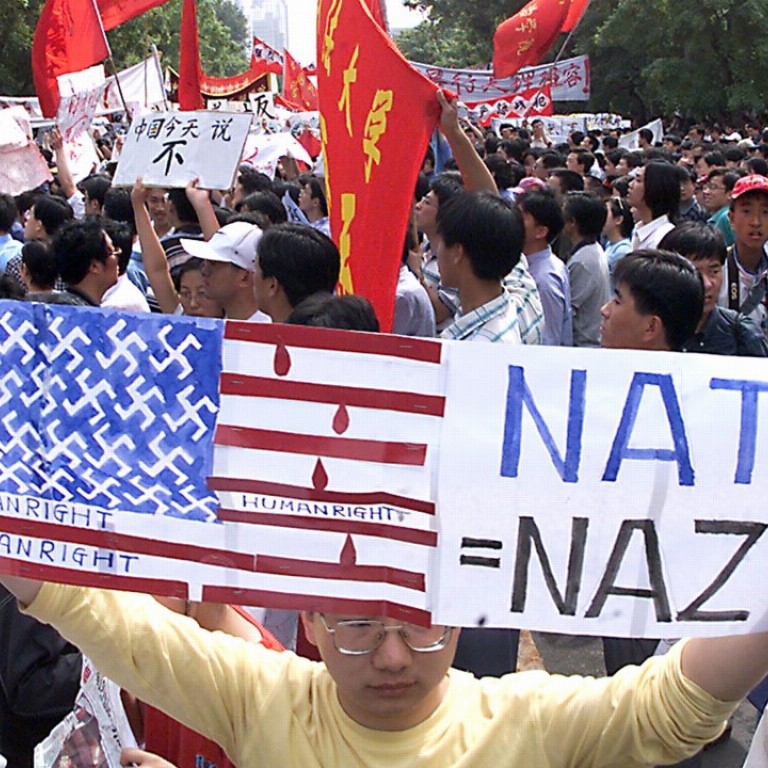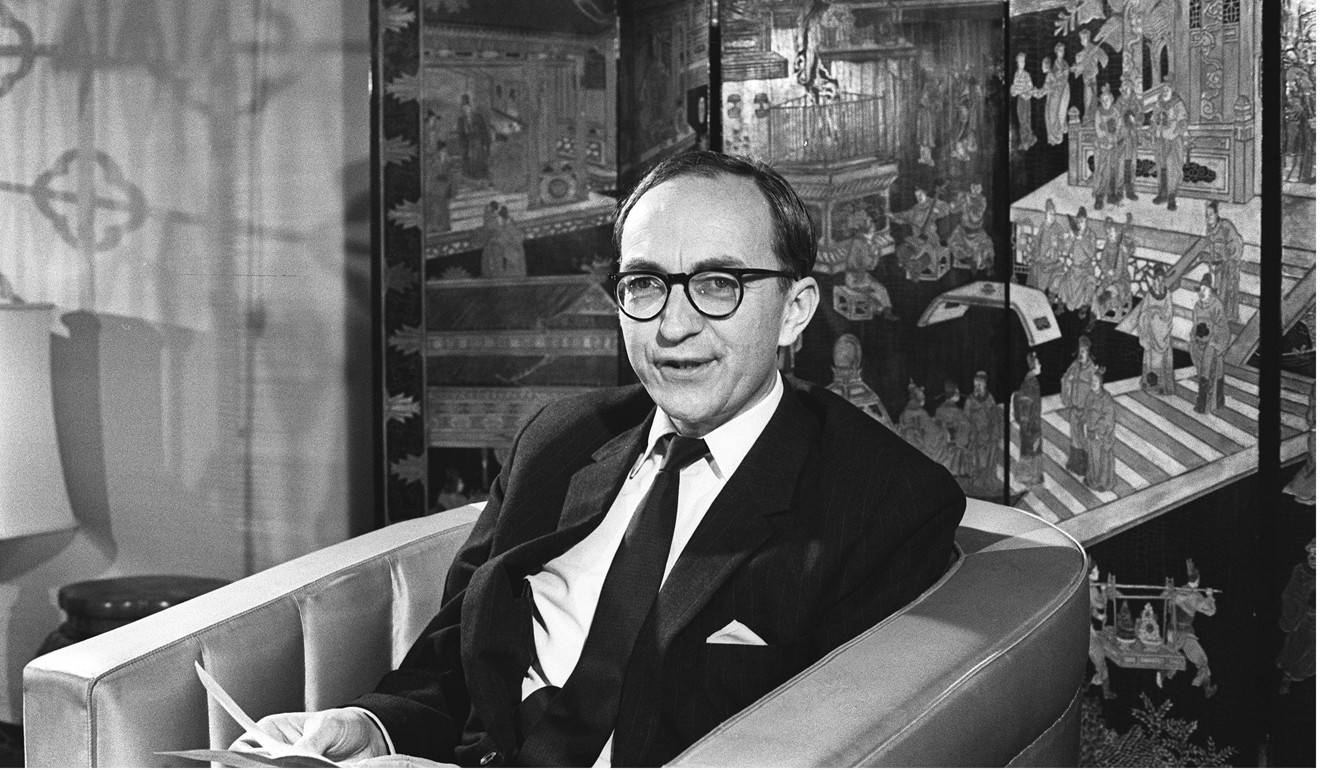
US embassy blast is latest violent incident to hit foreign diplomats in Beijing
Attack by 26-year-old man from Inner Mongolia was not the first time foreign diplomatic staff in Chinese capital have come under fire
On Thursday an explosive device was set off outside the US embassy in Beijing near a queue of Chinese citizens queuing for visas.
A 26-year-old man from the north China region of Inner Mongolia, who police said had been diagnosed with paranoid personality disorder, is accused of setting off the device.
The incident was not the first outside an American diplomatic mission in China. In February 2015, a car was driven into barriers outside the US consulate in Shanghai, but the driver’s motivation was not known.
However, there have been more serious incidents in the past, often as a result of political tensions. Here are some of them:

1967 United Kingdom
At the height of the Cultural Revolution a number of foreign embassies were attacked and diplomatic staff harassed. One of the most notorious incidents was an attack on the British mission, the de facto embassy, in August 1967.
It followed months of rioting and unrest in Hong Kong. In May, the colonial authorities had closed Communist newspapers and charged some of their journalists with inciting and taking part in violence. After the British refused an ultimatum to rescind their decision, their diplomatic compound in Beijing was stormed by Red Guards on August 22.
During the attack, the building was set on fire, diplomats were assaulted and Sir Percy Cradock, later the ambassador to Beijing, was forced to bow down before a statue of Chairman Mao, before PLA soldiers intervened to restore order.
Chinese police identify suspect in US embassy blast in Beijing
1999 United States
On the night of May 7, soon after the US bombing of the Chinese embassy in Belgrade, thousands of Chinese protesters gathered outside the American embassy in Beijing singing patriotic songs.
Large crowds of students marched up to the embassy gates and threw eggs, water bottles and small chunks of concrete that shattered some windows. Reports said at least four cars belonging to US diplomats were damaged.
Protesters also threw bricks and bottles at the nearby British embassy, but did not appear to break any windows.
Similar protests happened in other parts of China. In Chengdu, the capital of Sichuan province, protesters swarmed over the walls of the US diplomatic compound, broke through the front door of the main consulate building, and set fire to the home of the top consular official in the city.
Xinhua reported anti-Nato demonstrations in eight other cities, including Shanghai and the southern city of Guangzhou.

2012 Japan
After Tokyo nationalised the disputed Diaoyu islands – known to the Japanese as Senkaku – in the East China Sea, which had been in private hands, a wave of anti-Japanese protests swept across China.
On September 15, thousands of protesters staged a demonstration outside the Japanese embassy. Three days later, during an anti-Japan demonstration in Shenyang, howling mobs attacked the buildings of Japan’s consulate-general in Shenyang.
Japan will deploy a helicopter carrier to the South China Sea
Protesters in several cities later became violent and local authorities began arresting demonstrators and banning the demonstrations.
The huge wave of anti-Japan protests severely hit economic relations between the two countries due to calls for boycotts of Japanese goods and the destruction of existing Japanese products.
China cancelled all tour groups to Japan, and many Japanese businesses and factories in China were closed.

